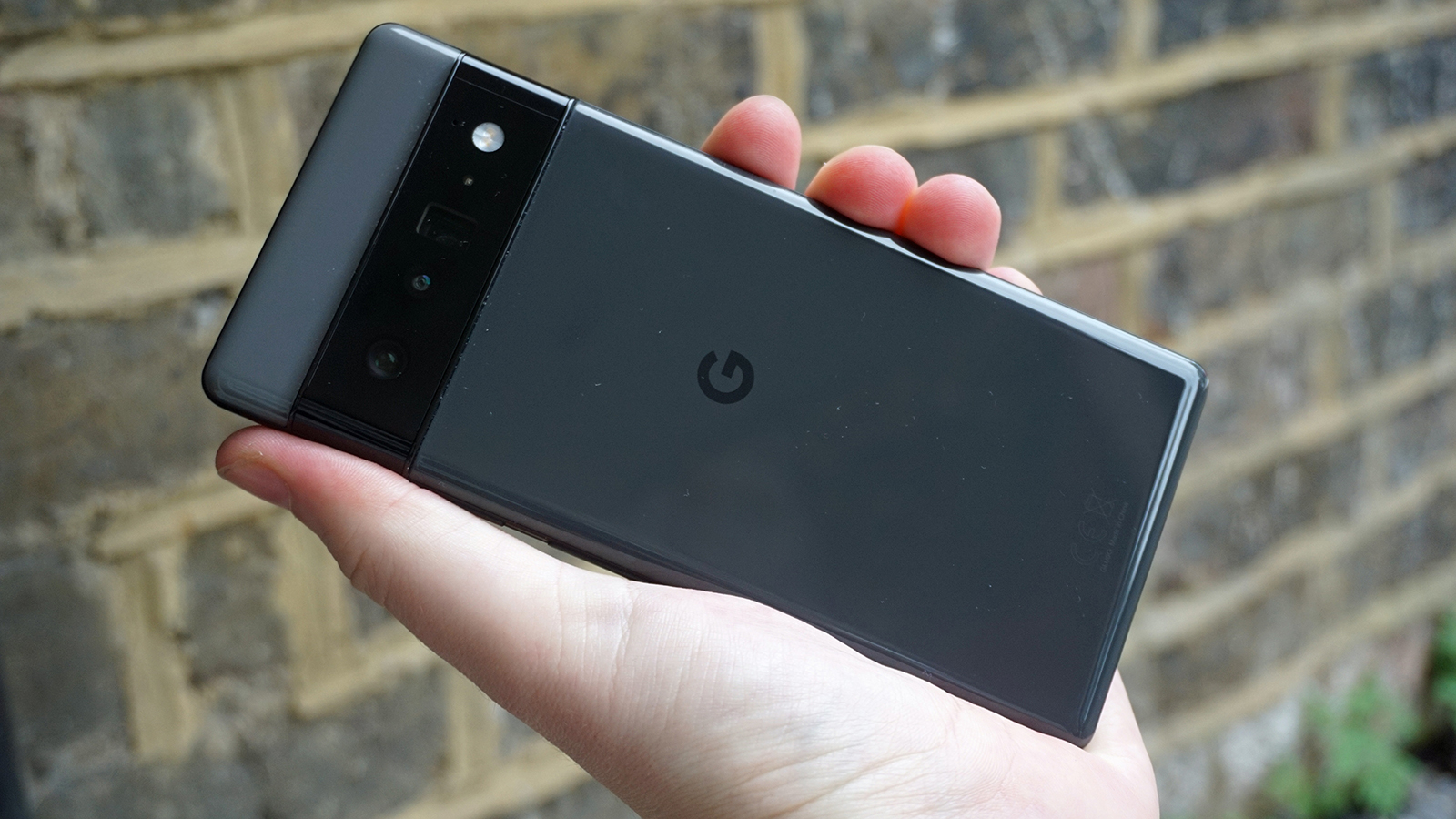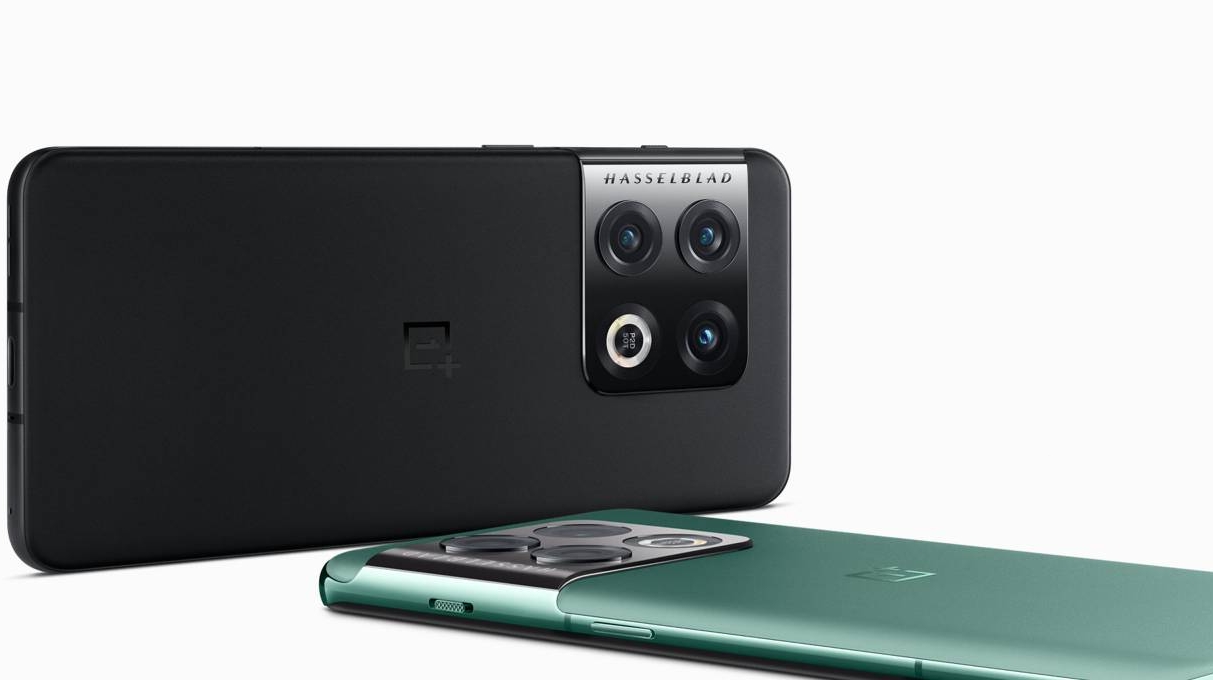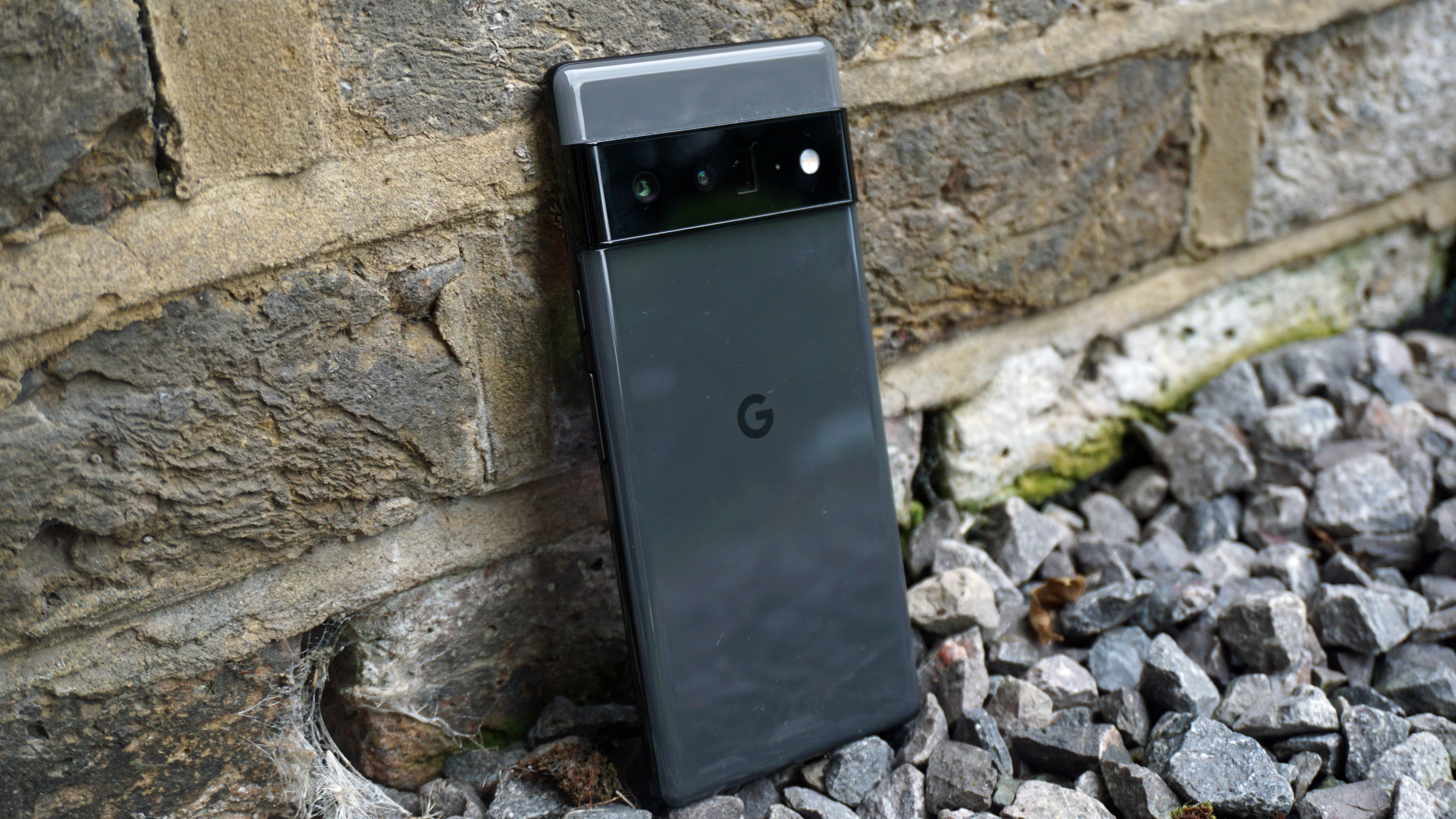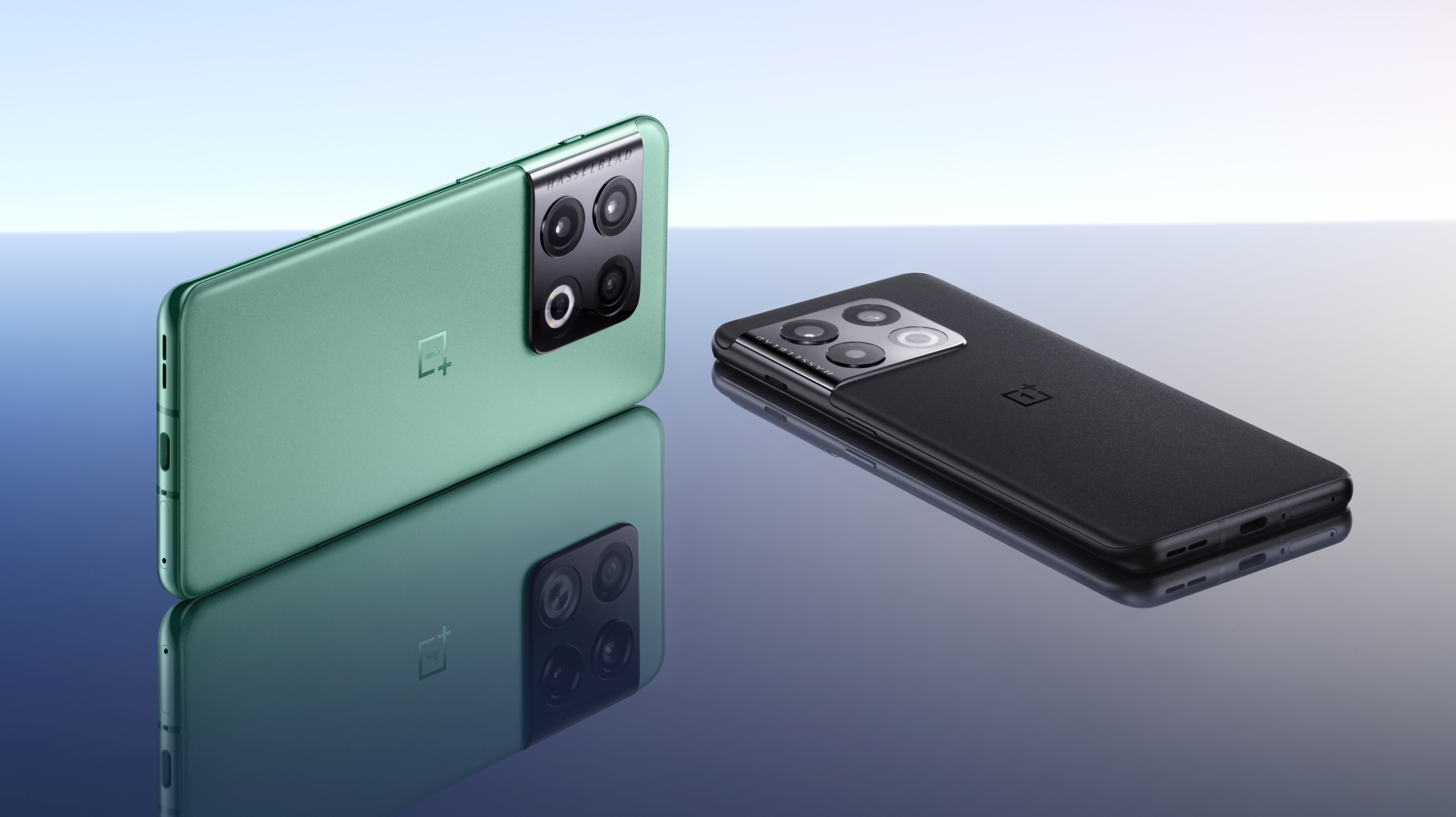OnePlus 10 Pro vs Google Pixel 6 Pro: Android Pro face-off

The OnePlus 10 Pro is one of the big Android flagship contenders of early 2022. But can it stand up to Google’s impressively punchy Google Pixel 6 Pro?
Android OS foundation aside, these are two very different phones with very different backstories.
We haven’t had a chance to go hands-on with the OnePlus 10 Pro yet, given its China-first launch. But what we do have is a full roster of specs and images.
Here’s how the two Pros compare on paper.
OnePlus 10 Pro vs Google Pixel 6 Pro: price and availability
The covers were officially taken off the OnePlus 10 Pro on January 11, 2022, albeit only in its home territory of China. We’re still waiting for a global rollout.
Pricing in China starts at 4,699 Chinese Yuan for 8GB of RAM and 128GB of internal storage, which translates to around $740/£550/AU$1,056. You will pay 4,999 Chinese Yuan ($786/£586/AU$1,123) for 8GB and 256GB, or 5,299 Chinese Yuan ($833/£621/AU$1,191) for 12GB of RAM and 256GB of storage.
Google launched its Pixel 6 Pro on October 28, 2021. Prices kick off at $899/£849/AU$1,299 for 128GB of storage. You can step up to 256GB for $999/£949/AU$1,449. Our US and Aussie buddies also get a 512GB model for $1,099/AU$1,599.
Sign up for breaking news, reviews, opinion, top tech deals, and more.

OnePlus 10 Pro vs Google Pixel 6 Pro: design
These two phones don’t look much like one another, which is quite refreshing in a mature smartphone market where genuine design innovation is rare.
Both phones have distinctive camera modules. The OnePlus 10 Pro’s camera is squarer and flatter, and it emerges from the frame on the left-hand side of the phone.
The Pixel 6 Pro camera module resembles a visor, sitting across the entire width of the phone and standing out loud and proud like a Daft Punk helmet.
There’s a lot to be said for the boldness and freshness of the Pixel 6 Pro approach, particularly with its two-tone coloration, split either side of that camera module.

Aesthetics aside, while these are both large phones, the Pixel 6 Pro is the bigger and heavier of the two. While the OnePlus 10 Pro measures 163 x 73.9 x 8.6mm and weighs 200.5g, the Pixel 6 Pro measures 163.9 x 75.9 x 8.9mm and weighs 210g.
Both phones have aluminum frames and Gorilla Glass Victus covers, and both have an IP68 rating, so there’s little to choose between them on the sheer build quality stakes.
OnePlus 10 Pro vs Google Pixel 6 Pro: display
There aren’t too many differences between the displays of these two phones. They are similarly sized, with the OnePlus 10 Pro measuring 6.7-inches and the Pixel 6 Pro coming in at 6.71-inches.
Both have QHD+ resolutions too, so they’re positively pixel-packed. You get the benefits of punchy AMOLED display panel technology too, which means vibrant colors and deep blacks.
While the Pixel 6 Pro is an LTPO display, the OnePlus 10 Pro bumps that up to LTPO2. This means that while the Pixel 6 Pro can scale from 120Hz right down to 10Hz, the OnePlus 10 Pro can drop as low as 1Hz. In other words, it’s the more efficient of the two.

The OnePlus 10 Pro display gets much brighter too, with a peak brightness of 1300 nits as opposed to the Pixel 6 Pro’s 800 nits.
We’ll have to experience the OnePlus 10 Pro screen firsthand to be sure, but it appears to have the slightest edge over the Pixel 6 Pro on paper.
OnePlus 10 Pro vs Google Pixel 6 Pro: cameras
Early signs suggest that the Pixel 6 Pro probably has the better camera here. While Google has taken a notable step forward with its camera offering, OnePlus appears to be treading water – at least from a hardware perspective.
The OnePlus 10 Pro gives you a 48 MP f/1.8 wide sensor, an 8MP sensor capable of 3.3x optically zoomed shots, and a 50MP ultra-wide. All of these seem to be the same as last year’s OnePlus 9 Pro, barring the fact that the ultra-wide has a new wider 150-degree angle.

Conversely, the Pixel 6 Pro has really shaken things up from the Google Pixel 5. It’s led by a new 50MP wide sensor accompanied by an f/1.85 aperture, plus a 12MP f/2.2 ultra-wide sensor and a 48MP telephoto sensor with a 4x optical zoom.
All in all, we found the Pixel 6 Pro to offer “the best photography experience yet on a Pixel phone”. Presumably, the OnePlus 10 Pro will improve on its predecessor through improved AI algorithms and its more advanced image processing, but it’s unlikely to be an enormous improvement.
OnePlus 10 Pro vs Google Pixel 6 Pro: specs and performance
The OnePlus 10 Pro uses Qualcomm’s cutting-edge Snapdragon 8 Gen 1 processor, which is said to be 20% faster than the Snapdragon 888. Conversely, the Pixel 6 Pro is the first to utilize Google’s own Tensor processor.
This would seem to give the OnePlus 10 Pro the edge in raw performance, even before we’ve tested it. The Pixel 6 Pro returned an average multi-core score in Geekbench 5 of 2760, which is well behind even the OnePlus 9 Pro’s 3630 running the older Snapdragon 888.
While there might be a CPU advantage for the Snapdragon 8 Gen 1 here, we won’t count the Tensor out just yet. Google has focused on machine-learning capabilities for its own chip, which enables that wonderful camera to do its best work, among other things.
Besides, the Pixel 6 Pro feels every bit as fast and smooth as any other flagship phone we’ve used in recent months.

OnePlus has equipped its phone with 8GB of RAM, though there is a 12GB upgrade option. The Pixel 6 Pro gives you 12GB as standard.
On the storage front, both phones give you 128GB and 256GB options, while the Pixel 6 Pro also offers a 512GB option in certain regions.
Another point of conflict here will be the UI. We’re still not sure how the OnePlus 10 Pro will present itself in the West, given that it runs Oppo’s ColorOS in its initial China region guise.
We’re expecting the return of OnePlus’s slick OxygenOS, though even this will be layered over the top of ColorOS due to the merger of the two companies.
The Pixel 6 Pro has no such uncertainty surrounding it. This is the Android 12 flagship, complete with smart ‘Material You’ custom-themed wallpapers. It will receive three full software updates guaranteed, too.
OnePlus 10 Pro vs Google Pixel 6 Pro: battery
Both of these Pro phones run a 5,000 mAh battery, which is needed given those big, sharp, high-refresh-rate displays.
We don’t know what the OnePlus 10 Pro’s stamina will be like just yet, but presumably, it will be a noticeable improvement over the OnePlus 9 Pro, whose battery would “reliably see you through a full day on a full charge with typical use”.
As for the Pixel 6 Pro, we found its battery life to be one of the weaker elements of the phone. Again, though, it was good for a full day of typical usage.
There’s a clear winner when it comes time to recharge. The OnePlus 10 Pro gives you an impressively rapid 80W charger in the box. Google only supports up to 30W charging, and it doesn’t give you a brick either.
In wireless charging terms, the OnePlus 10 Pro supports 50W, while the Google Pixel 6 Pro supports 12W as standard. Google has created its own custom wireless charging dock, but that only goes up to 23W.

Takeaway
We’re going to have to go hands-on with the OnePlus 10 Pro before we can call a winner here, but as things stand it has the potential to give the Pixel 6 Pro a good run for its money.
Its display, processor, and charging speeds look likely to give it an edge over Google’s flagship phone.
On the other hand, we do like Google’s unique design, and its camera looks on course to better the relatively unchanged OnePlus effort. We’re not entirely convinced that OnePlus will be able to keep up its exemplary custom UI work either, while Google gives you pure Android 12.
Add in the unknowns surrounding the OnePlus 10 Pro’s regional pricing, and we’re left with a frustrating lack of conclusions. We’ll be revisiting this Android flagship fight just as soon as we have more hands-on info.
- These are the best OnePlus phones

Jon is a freelance journalist who has been covering tech since the dawn of the smartphone era. Besides TechRadar, his words and pictures have appeared in The Telegraph, ShortList, Tech Advisor, Trusted Reviews, Expert Reviews, and more. He largely covers consumer technology, with a particular focus on smartphones and tablets. However, he's also been known to dabble in the worlds of entertainment and video games.